Tag: soil health
Categories
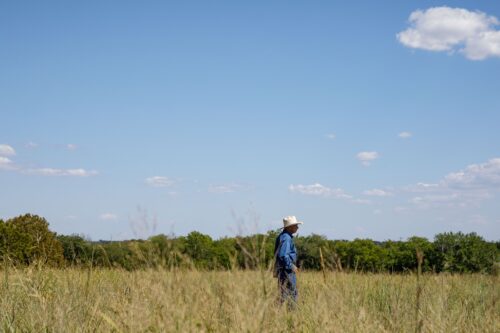
Simple ways to measure soil health improvements in real time
Estimated reading time: 6 minutes
Tap into your observational senses to mark progress anytime you’re out in your pastures.
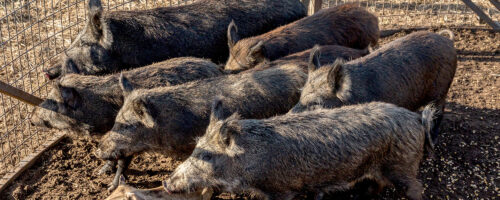
Four ways feral hogs cost farmers and ranchers
Estimated reading time: 6 minutes
Learn to recognize signs of these invaders, what’s at risk and what you can do to control their populat...
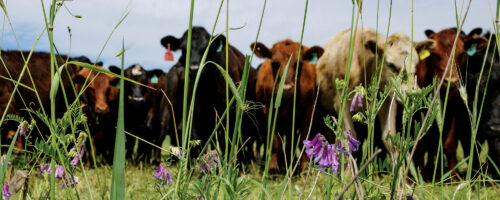
Embrace Change: Cultivating Pasture Diversity
Estimated reading time: 7 minutes
Transitioning your ranchland from a bermudagrass monoculture to more diverse native species is not a neat...
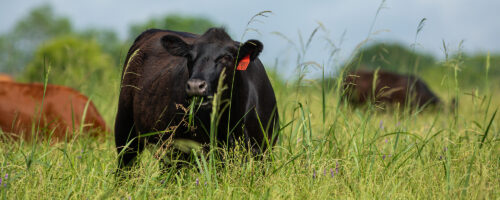
Cow, Heal Thyself
Estimated reading time: 9 minutes
Welcome diverse plant communities in your pastures to bolster your animals’ health. Their innate nutrit...
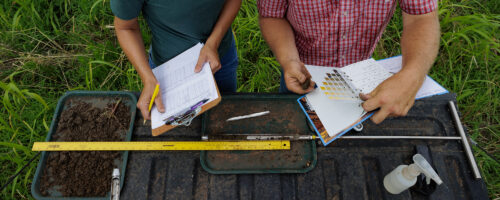
Noble Transitions Team: Digging for Data in the Dirt
Estimated reading time: 6 minutes
The Noble Transitions Team is monitoring soil health at 136 sample sites across all seven Noble Ranches,...
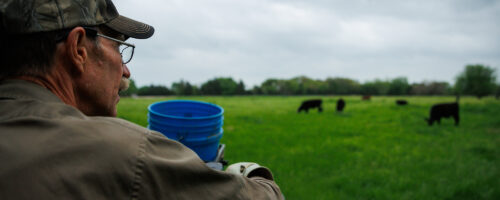
Discover the Power of Observation: A Guide to Tracking and Enhancing Your Regenerative Ranching Transition
Estimated reading time: 5 minutes
In ranching, where every decision can tip the scales of ecosystem health, the power of observation cannot...
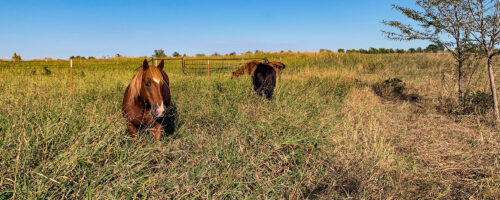
Don’t forget your horses when making regenerative grazing plans
Estimated reading time: 7 minutes
The same principles apply as when grazing ruminants, with adjustments for horses’ grazing habits and ne...
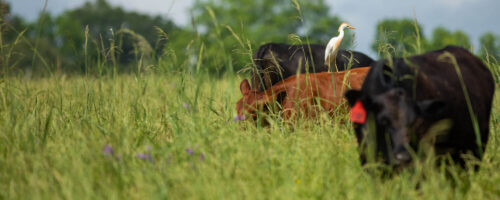
Noble Research Institute Brings Regenerative Ranching Course to Southern Texas
Estimated reading time: 2 minutes
Essentials of Regenerative Ranching will be offered Feb. 21-22 in New Braunfels, TX
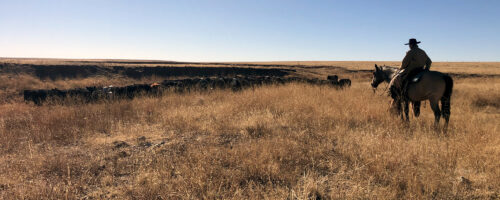
“Just a Cowboy”
Estimated reading time: 6 minutes
Guest author and rancher James A. Stuart shares his appreciation of how those who work cattle are an impo...

Noble “Essentials” courses deliver new ideas and practices plus a regenerative network
Estimated reading time: 5 minutes
Farmers and ranchers share what they learned in Noble’s first year of regenerative courses as the initi...
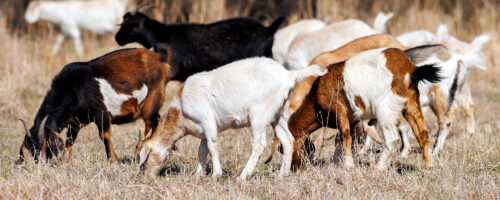
Plan Ahead To Meet Sheep and Goat Dietary Needs in the Dormant Season
Estimated reading time: 6 minutes
The dormant season is meant to be a time of rest and rejuvenation for your land. It also can be a time th...
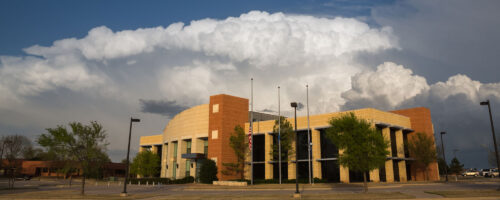
Noble Research Institute Achieves Agricultural Research Organization Status
Estimated reading time: 4 minutes
Noble is now the nation’s largest 501(c)(3) independent agricultural research organization
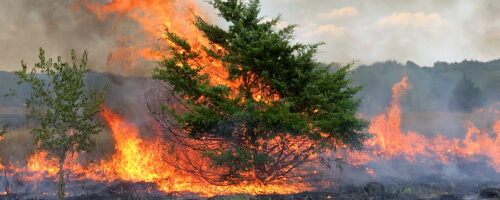
Move Brush Piles, Dead Trees and Volatile Vegetation Away From Firebreaks Prior to a Prescribed Burn
Estimated reading time: 4 minutes
When using prescribed fire to manage plant communities, it’s important to examine the perimeters of bur...
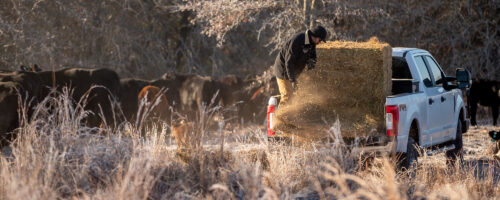
How To Use Bale Grazing and Other Hay-Feeding Strategies To Build Soil Health and Improve Forage Production on Your Regenerative Ranch
Estimated reading time: 8 minutes
Look for areas that are bare or underproducing. Then choose those spots for hay feeding to add nutrients...
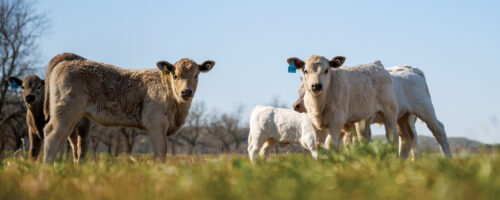
Noble Ranches: Managing Through Drought
Estimated reading time: 12 minutes
The recent drought years have been both rough and rewarding for the Noble Ranches. Here’s how following...

Pitchin’ In For A Sustainable Future
Estimated reading time: 5 minutes
The inaugural Noble Research Institute cornhole tournament fundraiser raised more than $50,000 to revital...